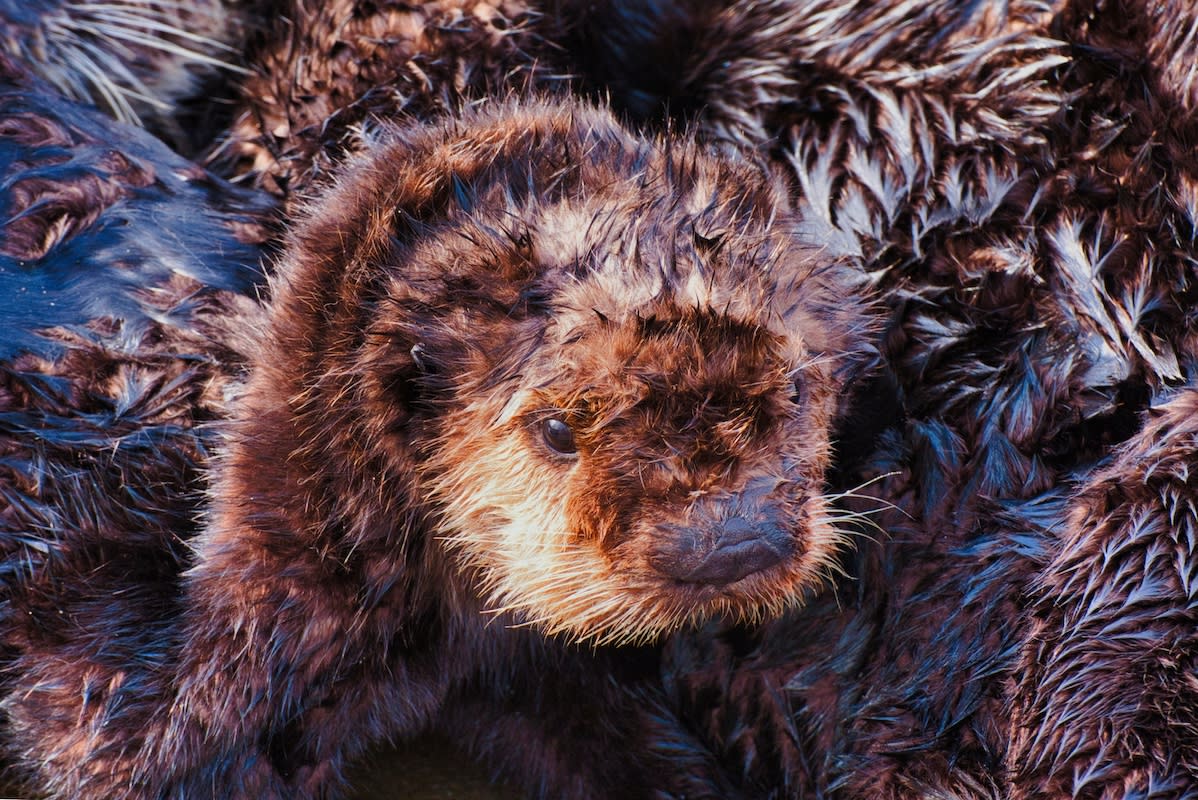Update on Orphaned Otter Baby at Vancouver Aquarium Has Everyone Delighted

A newborn sea otter found alone on Vargas Island off the coast of British Columbia continues to recover at the Vancouver Aquarium. Named Luna after the crescent-shaped beach where she was first discovered, the baby otter was so tiny when she was first brought to rescuers attention, she still had her umbilical cord attached. At this stage in life, sea otters are completely dependent on their mothers and Luna would never have survived in the wild. She was in need of round-the-clock care.
Now, she’s getting stronger every day and has even begun swimming in the pools accessible by visitors to the exhibit.
After hitting another milestone in her recovery, we brought Luna out into the upper otter habitat for a brief session! She will continue to be behind the scenes at this time as she continues to recover. pic.twitter.com/SvPCExwdwY
— Vancouver Aquarium (@vanaqua) September 3, 2024
Though Luna is spending most of her time in a secluded section of the aquarium, her keepers occasionally bring her in to the “upper” otter exhibit so visitors can see all her progress and the hard work that goes into raising an otter pup. In this clip you can see Luna practicing her swimming with human handlers in the pool while visitors to the exhibit look on.
Related: Otter Asks for Cuddles in the Most Child-Like Way
And yes, it’s just as cute as you imagine.
Orphaned Sea Otter Pups
Luna is the second orphaned or abandoned sea otter pup to be taken in by the aquarium this summer. Tofino, several weeks older than Luna, is already regularly swimming in the public-facing pools at the sea otter exhibit, although the care needed to maintain both pups is quite intense.
Both Tofino and Luna are being kept on specialized diets, and they often eat more than twenty-five percent of their body weight per day. Additionally, otters’ specialized fur is one of the thickest and most luxurious of all mammals, and requires constant grooming to keep in good shape. Their thick pelts are in need of intense combine, especially after swims, to help maintain the pup’s ability to regulate their body temperature. In the wild, this kind of attention would be paid by their mother, but in captivity, it takes a round-the-clock team of experts to handle the job.
Can They Be Re-released into the Wild?
Unfortunately, due to their early abandonment and the sheer amount of attention required by human hands to keep these little creatures alive, it is unlikely that they will develop either the skill they need to survive or the natural fear of humans that would keep them safe in the wild, so they will likely spend the rest of their lives in captivity. Once the otter is grown, she will likely join other otters in similar situations at aquariums and research stations all over the Pacific coast.
But for now, she’s exploring learning how to swim, eat, and play with toys under the watchful eyes of vets and staff members.
Although Luna and Tofino are a welcome sight at the aquarium, their forays into the public-facing pools are kept brief and carefully observed so the baby otters can remain safe, so do not count on seeing them during a visit. The best time way to catch a glimpse of these cute creatures is on the aquarium’s social media page, as well as their “otter cam” which regularly features their exploits and progress.
Looking for more PetHelpful updates? Follow us on YouTube for more entertaining videos.
Or, share your own adorable pet by submitting a video, and sign up for our newsletter for the latest pet updates and tips.


